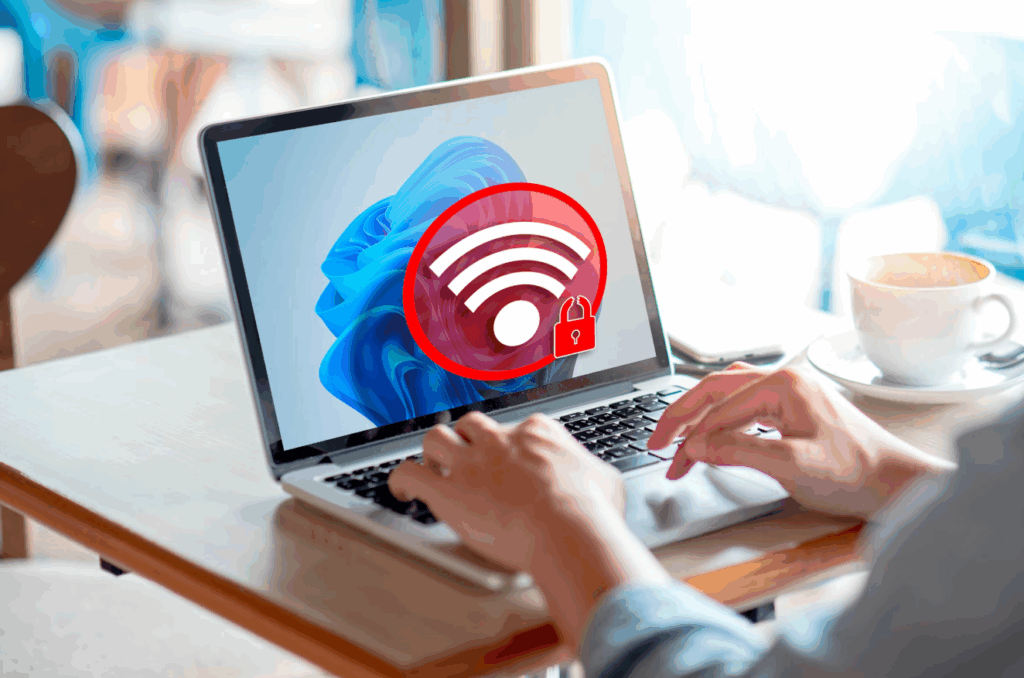Experiencing a situation where you have WiFi but no internet access is a modern-day frustration that can halt work and entertainment. This common issue indicates that your device is successfully connected to the local network (your router) but is unable to reach the wider internet. The root cause can lie with your device, your home network hardware, or even your Internet Service Provider, but a systematic approach can almost always identify and resolve the problem, getting you back online quickly.
Initial Diagnosis: Router or Device?
The first step is to determine the scope of the problem. Check if other devices like your smartphone, tablet, or another computer can connect to the same WiFi network and access the internet. If every device in your home has WiFi but no internet access, the issue is almost certainly with your router, modem, or your internet service itself. This narrows your focus to the network hardware and the connection coming into your home, saving you from troubleshooting individual devices unnecessarily.
The Power Cycle: Your First Line of Defense
When you have WiFi but no internet access, the simplest and most effective first step is to restart your entire network. This process, known as power cycling, clears temporary glitches and resets the connection between your modem and your ISP. To do this, unplug both your modem and your router from their power sources, wait for at least 30 seconds to ensure they are fully powered down, and then plug the modem back in first, waiting for its lights to stabilize before plugging the router back in. This simple action resolves a significant majority of connectivity issues by allowing the hardware to re-establish a fresh, clean connection to your provider’s network.
Decoding the Lights on Your Modem
Your modem’s indicator lights are a critical diagnostic tool when you have WiFi but no internet access. Look specifically for the light labeled “Internet,” “WAN,” or “Online.” A solid, steady light on this indicator typically means the connection to your ISP is healthy. However, if this light is blinking erratically, off entirely, or showing an unusual color like amber or red, it signals a problem with the incoming internet signal. This visual cue immediately tells you that the issue is likely between your modem and your internet provider, guiding you to contact your ISP for further assistance rather than wasting time on device-level fixes.
Leveraging Your Operating System’s Troubleshooter
For problems isolated to a single computer, built-in diagnostic tools are your best friend. If your laptop has WiFi but no internet access while other devices are fine, run the network troubleshooter. On Windows, navigate to Settings > Network & Internet > Status and run the “Network troubleshooter,” while on a Mac, you can use the Wireless Diagnostics tool found in the Utilities folder. These utilities automatically scan for and attempt to fix common issues like invalid IP configurations or problems with the network adapter driver, often resolving the connection problem with a single click and no technical knowledge required.
The Hidden Problem of IP Address Conflicts
A frequent but less obvious reason you might have WiFi but no internet access is an IP address conflict. This occurs when two devices on your local network are assigned the same IP address, confusing the router and disrupting communication. You can often resolve this by releasing and renewing your device’s IP lease. Open the Command Prompt (Windows) or Terminal (Mac) and use the ipconfig /release and ipconfig /renew commands (or dhclient -r for Mac) to request a fresh, unique address from your router, which can instantly restore your online access.
When Security Software Blocks Your Connection
Ironically, the software designed to protect your computer can sometimes be the reason you have WiFi but no internet access. Overly aggressive firewalls within antivirus or security suites can mistakenly classify your safe home network as a threat and block all inbound and outbound traffic. To test if this is the cause, try temporarily disabling your antivirus and firewall software (ensure you are on a trusted network first) and then check if your internet connection returns. If it does, you can permanently resolve this by re-enabling your security software and adjusting its firewall settings to trust your home network.
Updating Outdated Network Drivers
An outdated, corrupted, or incompatible network adapter driver is a common culprit, especially after a major system update. If your PC suddenly has WiFi but no internet access, the software that allows your hardware to communicate with the network may be faulty. To check this, go to Device Manager on Windows, expand the “Network adapters” section, right-click on your wireless adapter, and select “Update driver.” Allowing your system to search for and install the latest driver can restore full functionality, as manufacturers frequently release updates to improve stability and compatibility.
The Last Resort: Resetting Your Network
If you have exhausted other options and still have WiFi but no internet access, a network reset can serve as a nuclear option for stubborn software-related issues. On Windows, this is found under Settings > Network & Internet > Advanced network settings > Network reset. Be aware that this will remove and reinstall all your network adapters and set all networking components back to their default settings, meaning you will have to re-enter your WiFi passwords on that device afterward. This drastic step often clears deep-seated configuration errors that other tools cannot fix.
Conclusion: Regaining Your Digital Freedom
The problem of having WiFi but no internet access is rarely unsolvable. By methodically working through these steps—from a simple router restart to checking for IP conflicts and updating drivers—you can almost always pinpoint the cause. Starting with the broadest checks, like testing multiple devices and power cycling your hardware, will efficiently guide you toward the right solution. Remember, if all else fails, your Internet Service Provider is there to help diagnose connection issues from their end, ensuring you can reclaim your access to the online world.
